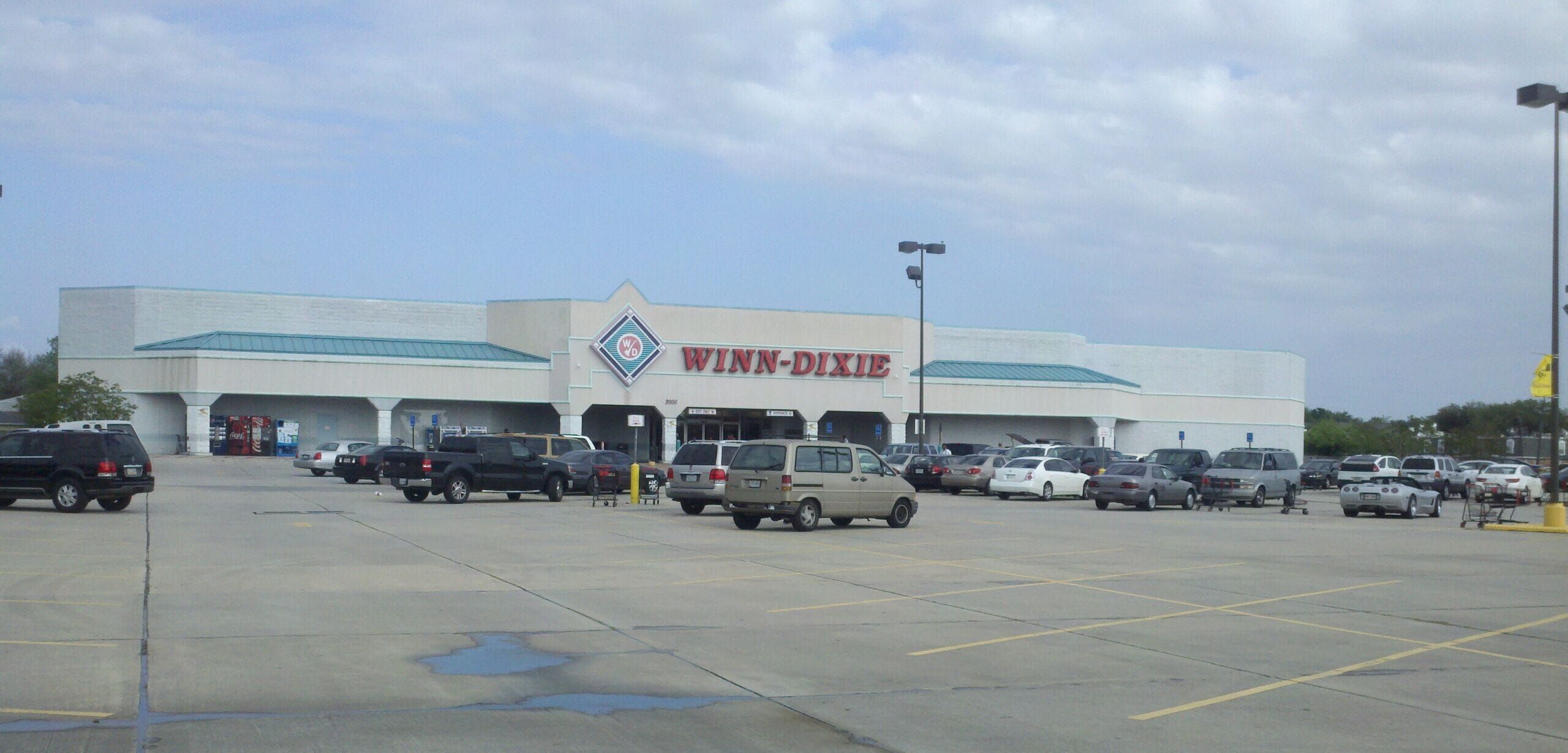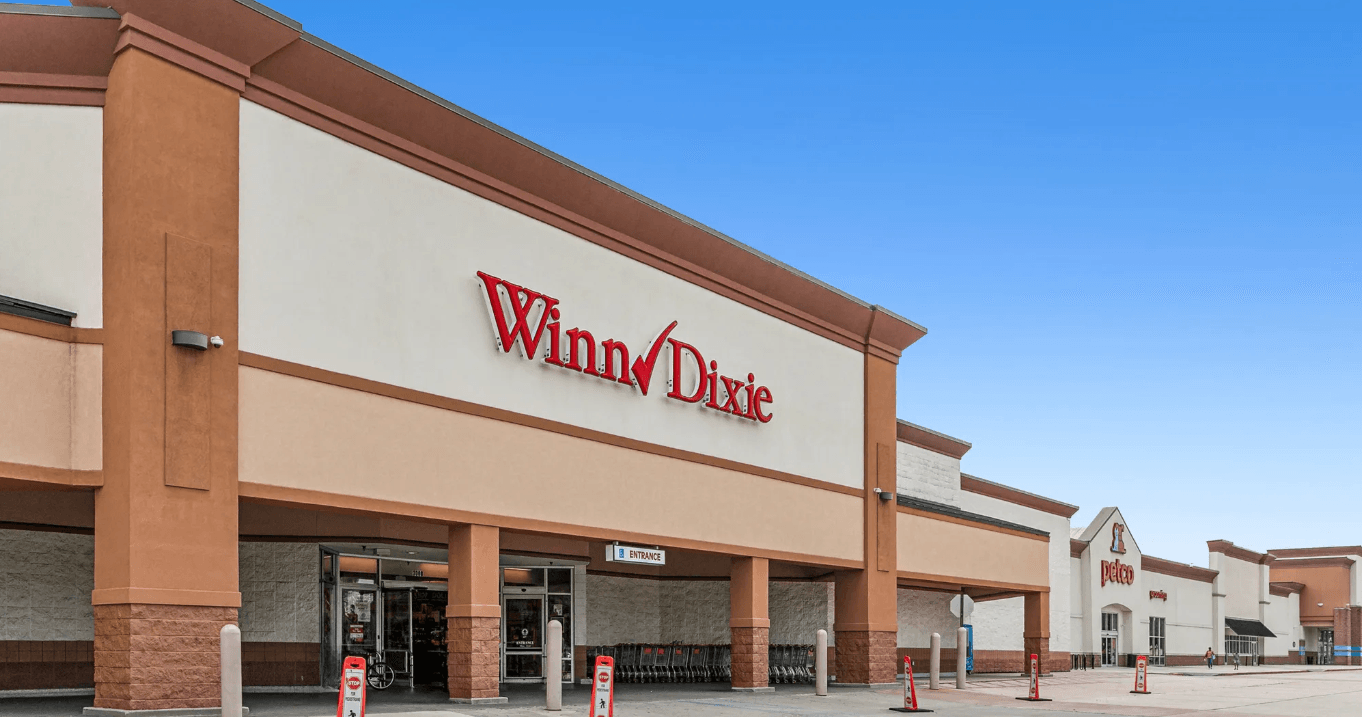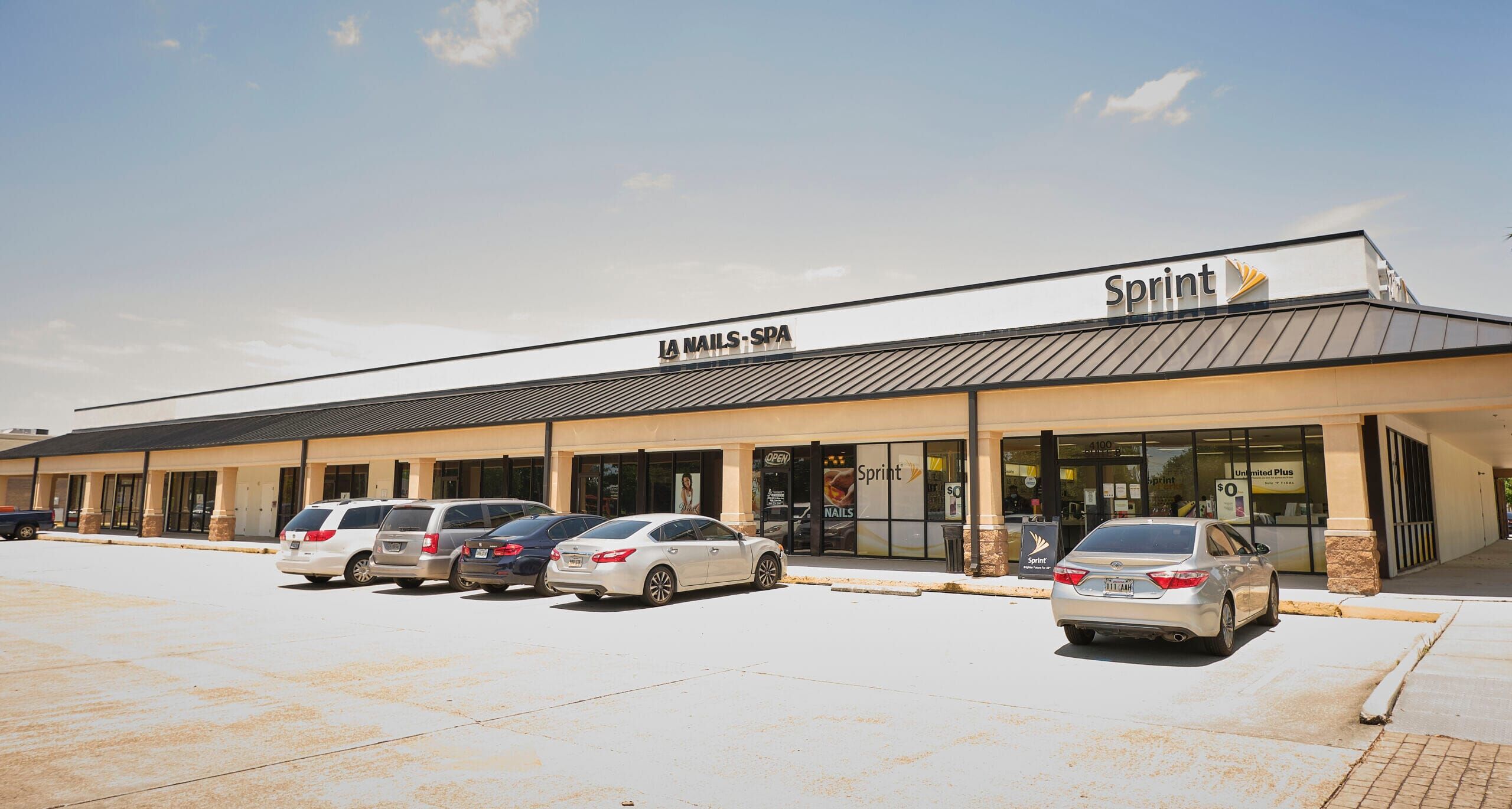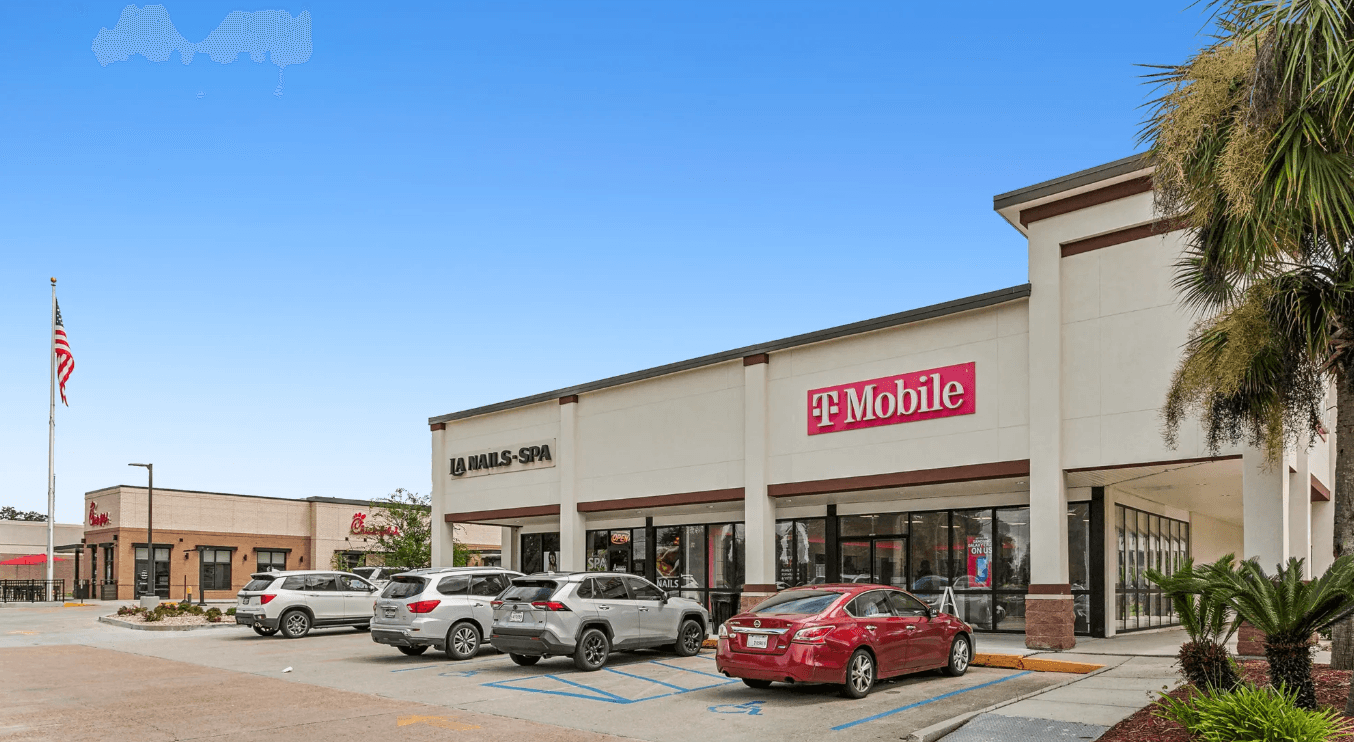Retail Development
Retail Development Experience Earned the Hard Way.
20 Years | 26 States | 250+ Parcels
Over two decades, we’ve identified and delivered projects across 26 states to retailers, overcoming obstacles to deliver new stores through every cycle and complexity. We now leverage that experience into larger investment opportunities such as multi-parcel pad developments, redeveloping shopping centers, and providing capital to select retail developers. Our development expertise adds a unique advantage that we are able to couple with our underwriting and financial expertise to build a strong pipeline of retail investments balanced by appropriate oversight and risk mitigation.
MULTI-PARCEL RETAIL DEVELOPMENT

SHOPPING CENTER REDEVELOPMENT
Our roots in construction and leasing expertise make us uniquely suited to redevelop shopping centers, generating above-market returns. One example is Algiers Plaza, a 223,000 SF grocer/power center on the West Bank of New Orleans. We invested alongside a valued partner, PMAT, to transform this center and expand its square footage by bringing in several junior anchors, such as Ross, TJ Maxx, and Petco, to complement Winn-Dixie and several shop tenants. In 2015, N3 acquired PMAT’s interest and completed the transformation by repositioning the center to both tenants and consumers. We also partially demolished a large strip center to create two parcels: one for a free-standing Chick-fil-A and the remaining portion, which was renovated and reskinned for T-Mobile and LA Nails.
Algier Plaza’s Comprehensive Repositioning




CAPITAL FOR DEVELOPERS



